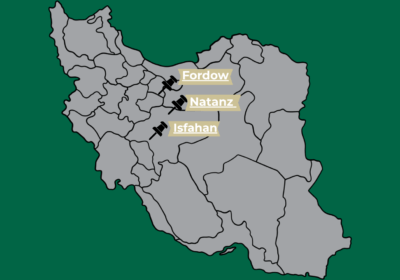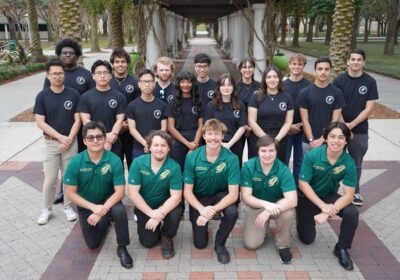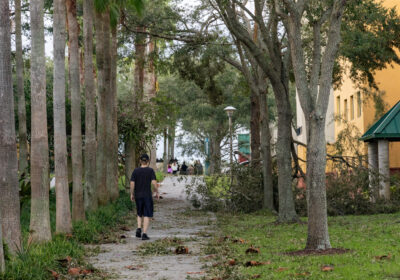USF prepares for Hurricane Irene
As the first hurricane of the season moves closer to the U.S., USF is planning for potential emergency situations.
According to ABC News, Hurricane Irene is “shaping up to be the most powerful hurricane to strike the East Coast of the United States in years.”
The storm strengthened to a Category 3 while roughly hitting the Bahamas on Tuesday night, and is projected to make contact with the Carolinas by Saturday afternoon.
Though the projected track no longer predicts Hurricane Irene will pass through the USF area, the hurricane could bring rip currents to the Gulf of Mexico, according to tbo.com.
If the projected track changes to become a major threat to the Tampa campus, USF Emergency Manager Paul Latham said students will be notified via email and the MoBull messaging system.
During emergencies, students receive evacuation notifications, information about school closings and re-openings through these systems. Additional emergency information is available at USF’s website, and the USF Emergency Hotline is 800-992-4231.
According to the National Hurricane Center, the Atlantic hurricane season lasts from June 1 to Nov. 30.
“If the Tampa Bay area is within an area of concern where (we) believe we could be affected, the local weather agency will notify all the proper officials to discuss planning and evacuation,” he said. “They keep us up to date on the weather patterns, tide changes, winds (and) all things affected by the weather.”
USF publishes a Hurricane Planning Guide, which is available on its safety website. The guide includes information on how the University will prepare for a hurricane as well as daily preparation tips for students and faculty.
Students should prepare personal hurricane plans and ensure that they have plenty of supplies, such as passports and bottled water, within five days of a hurricane’s landfall, according to the guide. In the case of an evacuation, “resident students will meet with their Resident Advisors to review procedures,” it states.
Latham, who communicates with the National Hurricane Center and the National Weather Service to obtain information in case of a hurricane threat, said he began tracking Irene about a week ago while it was still a tropical wave off the coast of Africa.
Latham said he will continue to track the hurricane diligently.
“Hurricanes can change direction in the last minute,” he said, “so we always need to be prepared in case it changes.”
Latham said USF intends to keep an eye on the storm until it is gone, with the latest projections showing the hurricane to pass Central Florida’s coast around 8 a.m. Friday, about 259 miles offshore.







